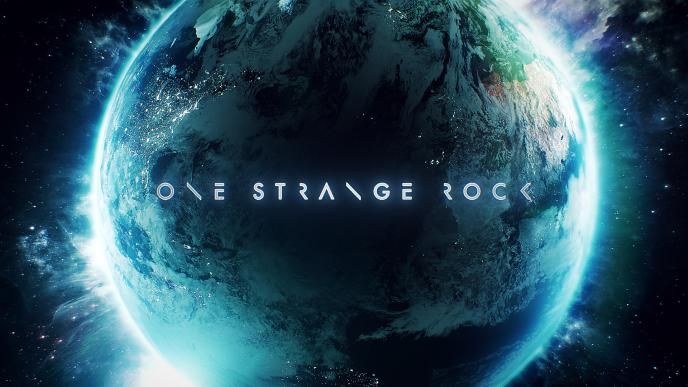
The Story of WikiLeaks
Oscar-winning director Alex Gibney's documentary, We Steal Secrets: The Story of WikiLeaks, follows the controversial whistleblowing site and its even more controversial leader, Julian Assange. It tells the story of the site’s creation up to its execution of the largest security breach in US history, aided by graphic dramatisations of these internet-based events by Framestore’s New York Design team, which created over 35 minutes of rendered effects for the film.
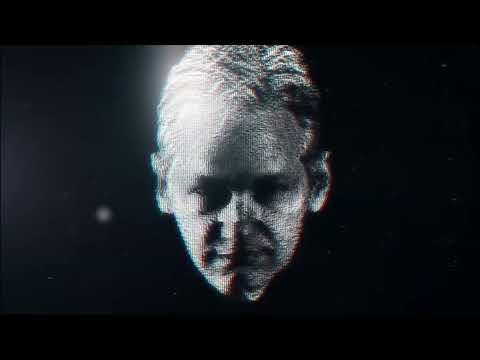
The initial conversations with Gibney focused on two integral aspects of the story: the first being the chat logs between Private Chelsea Manning and computer hacker Adrian Lamo, and the second a visual representation of the world wide web and all of the articles, tweets and products that help tell the story. Excitingly, Framestore was also approached to create the main title sequence (featured on Art of the Title), which Senior Design Director Marc Smith happily took on board. From the very first concept presentation Director Gibney and the team were particularly drawn to examples provided using particle systems within After Effects and C4D.
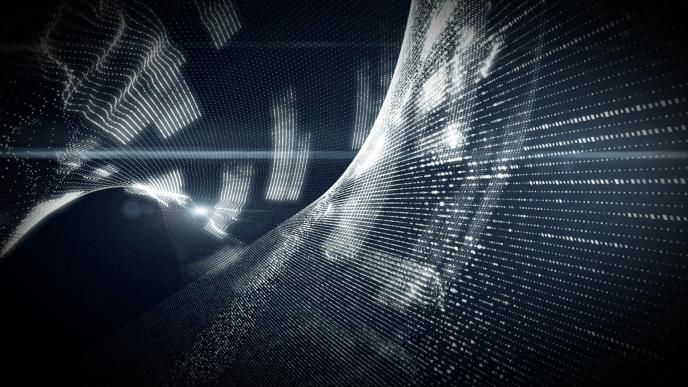
The intention was to create a technique by which footage and images could be broken apart and drawn together over time and within a dynamic 3D space, sometimes abstract and often only legible from certain angles of view. This concept, along with the design and animation of the main title sequence, would serve as a springboard for many of the project's sequences.
'This execution served the narrative of the film well – bringing clarity to images and events by compiling a multitude of elements and evidence', explains Marc. 'The creative also focused on the need for this network-inspired world to contain a sinister edge in keeping with the film’s content. To this end, the colour palette was kept dark and minimal throughout, and the camera work would at times suddenly lurch or dive. What would start as a seemingly random set of pixels, would organically shift, twitch and grow to reveal an interconnected whole.'
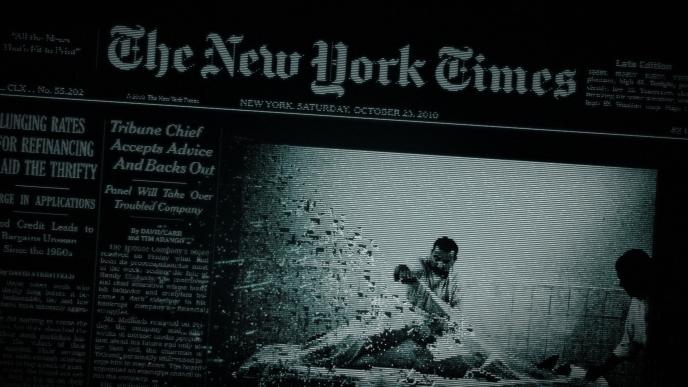
Designing the chat logs for the film began as a collaboration between Creative Director Murray Butler, and Senior Designer Maryanne Butler. 'The chats needed to feel textural and alive, sinister and at times, lonely. So much of what the logs expressed was a personal outpouring from Private Manning so we had to stay sensitive to the subject in visualising these', says Maryanne. The logs went through many different designs, which included techniques of filming from plasma screens and re-importing it into Flame to give them a live quality as well as a texture that was not crisp and sharp.
Visualising data streams being exfiltrated began with concepts from artist Zack Lydon, which were then brought to life by Gabriel Pulecio using a combination of After Effects and C4D. The vast quantity of war logs that would eventually surface publicly were designed and animated by Concept Artist Callum Mckeveny.
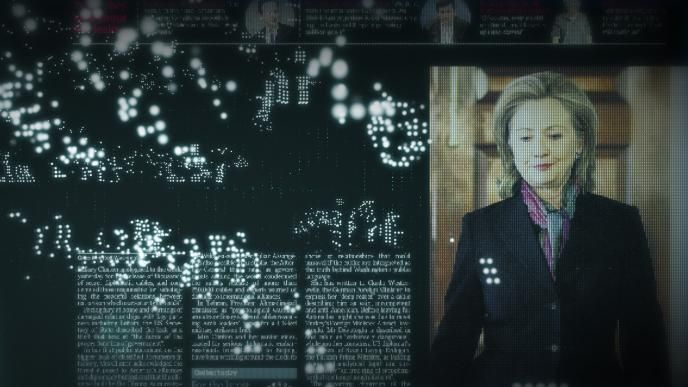
Another major element of the project was recreating the numerous headlines that tracked the story of WikiLeaks and its founder, Julian Assange, as Gibney was keen to have these articles live in the ‘web-world’. Using initial trap-code tests and designs by Marc Smith, AE artists Joe Lawrence and Byunghoon Han choreographed and rendered the final shots.
Additional effects created for the project ranged from compositing crash-zooms, to Twitter dramatisations, video effects and creative graphic representations of important documents, which were realised across several work platforms including After Effects, Flame and Cinema 4D.
It's a typically polished Gibney product, shaped for maximum dramatic impact, with swooping CGI representations of cyberspace that wouldn't look out of place in a Matrix sequel.
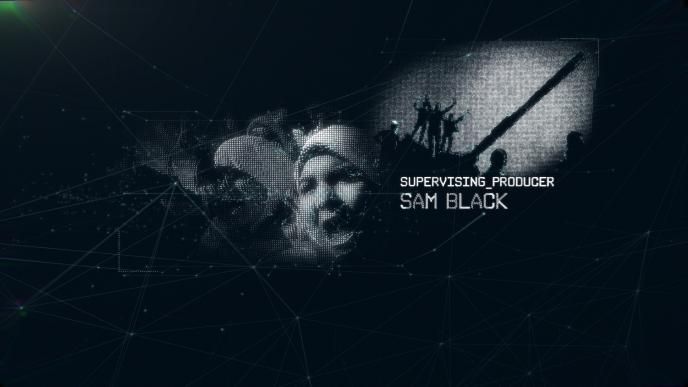
Press
We Steal Secrets: The Story Of Wikileaks - Little Black Book
Stealing Secrets - Digital Media World
How Alex Gibney Is Reinventing Documentary Filmmaking - Vulture
Framestore uses intricate particle systems to visualise networks of secrets for Wikileaks film - Digital Arts

